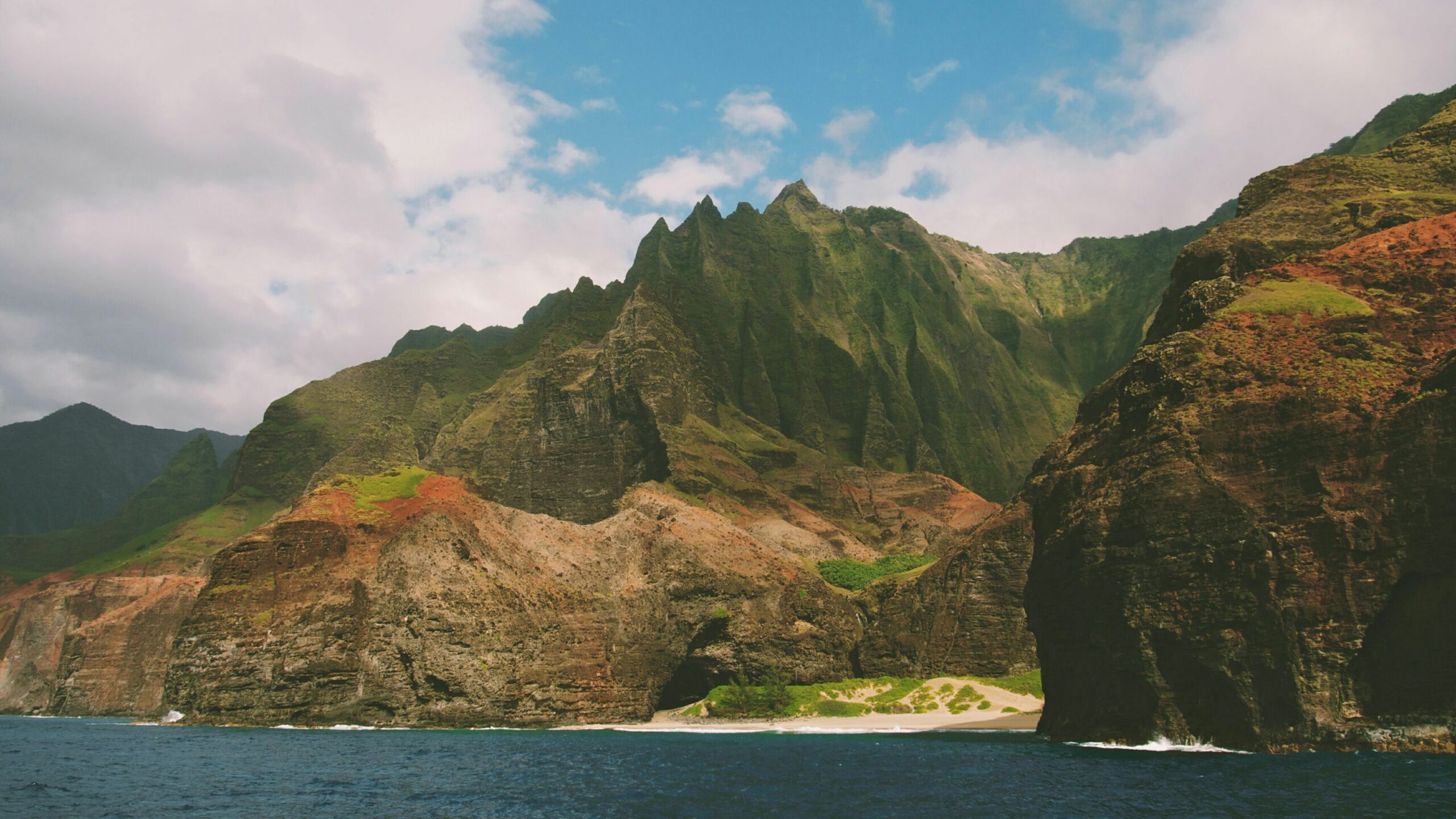Ever since Mark Twain’s famous journey to Hawaii in 1866 as a correspondent for the Sacramento Union, the Kilauea lava flow has been attracting visitors from around the world. And for good reason. This is Mother Nature at her rawest and Madam Pele made visible in all of her fiery glory. There are few earthly spectacles as compelling as a volcanic eruption. It is creation and destruction at once. Under certain conditions, lava pours dramatically into the churning surf at land’s end. Or lights up the night sky over the Halemaumau Crater.
There are a few ways to see the lava, depending on current conditions of the flow that began way back in 1983. And a trip to the Hawaii Volcanoes Observatory and Halemaumau Crater will take you through vast fields of young lava, a desert of forbidding new rock.
The first thing to know about viewing the lava is that conditions are changing constantly. You really have to contact the National Volcanoes Observatory to find out what’s the status with the Crater Rim Drive, the Chain of Craters Road and the nearby hiking trails. Right now, parts of some roads are closed and others are open to foot traffic only. Their observatory’s website is updated daily with changes in conditions, road and hiking restrictions, and sulfur dioxide levels. There are lava lakes at the Pu’u O’o Crater and at the Halemaumau Crater.
It’s important to know that viewing the Kilauea lava flow takes planning. It’s not as though you can drive right up, take out your camera and film slowly creeping lava.
To plan your trip to see the lava on the Big Island, there are a few agencies to check with first for current conditions. The US Geological Survey Hawaiian Volcano Observatory website is the best place to start, but you’ll want to check with the Kilauea Visitors Center when making the trip to Volcanoes National Park. They’re open daily from 9am – 5pm, and there are park rangers on hand to answer questions and let know anything you need to view the lava.
And of course we can help you get there.

